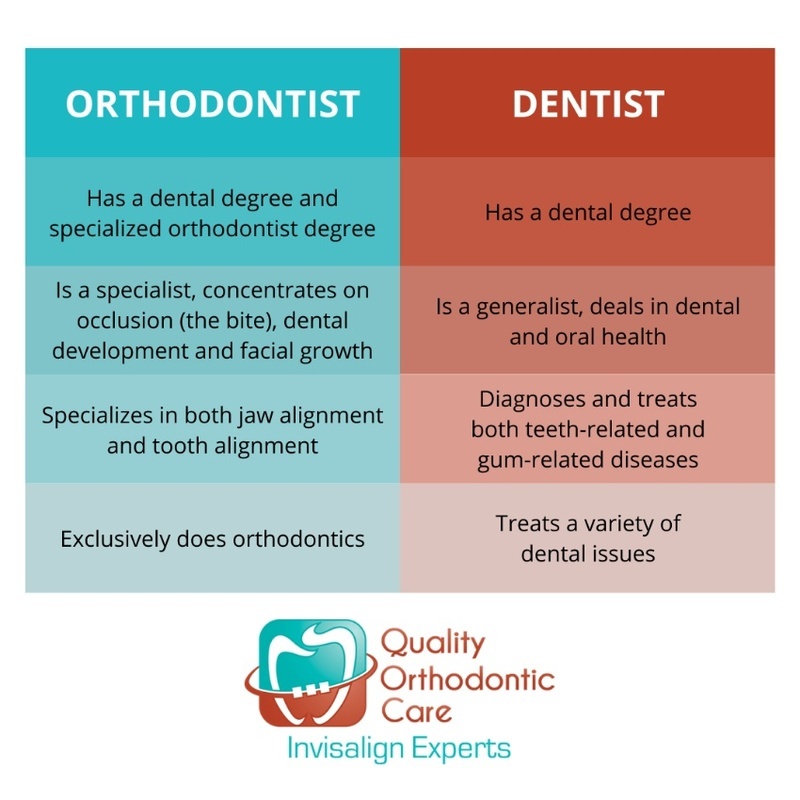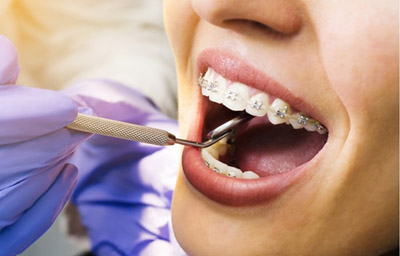Excitement About Causey Orthodontics
Table of ContentsSome Known Facts About Causey Orthodontics.Causey Orthodontics Fundamentals ExplainedLittle Known Facts About Causey Orthodontics.An Unbiased View of Causey OrthodonticsFascination About Causey Orthodontics
Overlooking occlusal connections, it was normal to remove teeth for a selection of oral issues, such as malalignment or congestion. The idea of an intact teeth was not commonly appreciated in those days, making bite correlations appear pointless. In the late 1800s, the concept of occlusion was important for creating dependable prosthetic replacement teeth.As these concepts of prosthetic occlusion progressed, it came to be an indispensable device for dentistry. It remained in 1890 that the work and effect of Dr. Edwards H. Angle began to be really felt, with his contribution to modern-day orthodontics especially noteworthy. At first focused on prosthodontics, he taught in Pennsylvania and Minnesota prior to guiding his attention in the direction of oral occlusion and the treatments needed to keep it as a normal problem, thus becoming called the "dad of contemporary orthodontics".

The concept of perfect occlusion, as postulated by Angle and incorporated into a category system, made it possible for a shift towards dealing with malocclusion, which is any kind of variance from typical occlusion. Having a full set of teeth on both arcs was extremely demanded in orthodontic therapy as a result of the requirement for exact relationships in between them.
All about Causey Orthodontics
As occlusion ended up being the essential top priority, face percentages and aesthetics were overlooked - orthodontist near me. To achieve perfect occlusals without using external pressures, Angle postulated that having ideal occlusion was the very best way to gain optimum face aesthetic appeals. With the passing away of time, it became fairly evident that even a phenomenal occlusion was not ideal when considered from a visual viewpoint
It became evident that orthodontic treatment could change mandibular development, resulting in the development of functional jaw orthopedics in Europe and extraoral force measures in the United States. These days, both functional appliances and extraoral gadgets are used around the world with the aim of changing growth patterns and types. Pursuing true, or at least boosted, jaw partnerships had actually come to be the main goal of therapy by the mid-20th century.
About Causey Orthodontics
 The American Journal of Orthodontics was created for this function in 1915; before it, there were no scientific objectives to comply with, nor any kind of specific category system and braces that lacked features. Up until the mid-1970s, dental braces were made by wrapping steel around each tooth. With developments in adhesives, it came to be possible to rather bond steel braces to the teeth.
The American Journal of Orthodontics was created for this function in 1915; before it, there were no scientific objectives to comply with, nor any kind of specific category system and braces that lacked features. Up until the mid-1970s, dental braces were made by wrapping steel around each tooth. With developments in adhesives, it came to be possible to rather bond steel braces to the teeth.Andrews provided an insightful meaning of the suitable occlusion in permanent teeth. This has actually had significant effects on orthodontic therapies that are provided regularly, and these are: 1. Appropriate interarchal relationships 2. Proper crown angulation (tip) 3. Correct crown disposition (torque) 4. No turnings 5. Tight call factors 6. Apartment Contour of Spee (0.02.5 mm), and based upon these principles, he uncovered a treatment system called the straight-wire home appliance system, or the pre-adjusted edgewise system.
The advantage of the style depends on its brace and archwire mix, which requires only marginal wire bending from the orthodontist or medical professional (best orthodontist). It's aptly named hereafter attribute: the angle of the port and thickness of the bracket base inevitably determine where each tooth is positioned with little demand for additional manipulation
Causey Orthodontics Fundamentals Explained
Both of these systems employed identical braces for each tooth and required the flexing of an archwire in 3 planes for locating teeth in their wanted positions, with these bends determining supreme positionings. When it pertains to orthodontic appliances, they are separated into 2 types: detachable and taken care of. Removable devices can be handled and off by the client as called for.

Therefore, practically all modern set home appliances can be considered variants on this edgewise home appliance system. Early 20th-century orthodontist Edward Angle made a major payment to the world of dental care. He produced four distinctive home appliance systems that have actually been utilized as the basis for numerous orthodontic therapies today, disallowing a few exceptions.
Fascination About Causey Orthodontics

The cord finished in a thread, and to relocate it forward, an adjustable nut was utilized, which enabled an increase in circumference. By ligation, each specific tooth was affixed to this extensive archwire (family orthodontics). As a result of its restricted array of activity, Angle was unable to achieve exact tooth placing with an E-arch
These tubes held a soldered pin, which might be repositioned at each consultation in order to relocate them in position. Called the "bone-growing device", this device was theorized to encourage much healthier bone development as a result of its capacity for transferring force directly to the origins. Nonetheless, applying it confirmed frustrating in truth.
Comments on “Getting The Causey Orthodontics To Work”